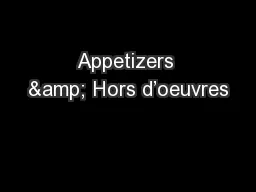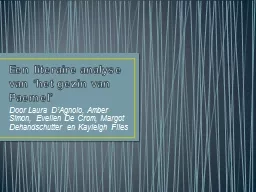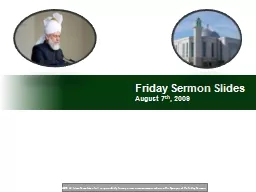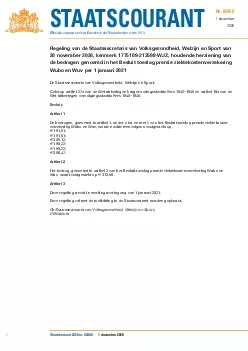PPT-Mahdi Kamaee and Jennifer van Wijngaarden
Author : conchita-marotz | Published Date : 2016-02-25
Department of Chemistry University of Manitoba Microwave Spectra and Molecular Geometries of Benzonitrile and Pentafluorobenzonitrile 1 2 2 Fluorine substituted
Presentation Embed Code
Download Presentation
Download Presentation The PPT/PDF document "Mahdi Kamaee and Jennifer van Wijngaarde..." is the property of its rightful owner. Permission is granted to download and print the materials on this website for personal, non-commercial use only, and to display it on your personal computer provided you do not modify the materials and that you retain all copyright notices contained in the materials. By downloading content from our website, you accept the terms of this agreement.
Mahdi Kamaee and Jennifer van Wijngaarden: Transcript
Download Rules Of Document
"Mahdi Kamaee and Jennifer van Wijngaarden"The content belongs to its owner. You may download and print it for personal use, without modification, and keep all copyright notices. By downloading, you agree to these terms.
Related Documents














